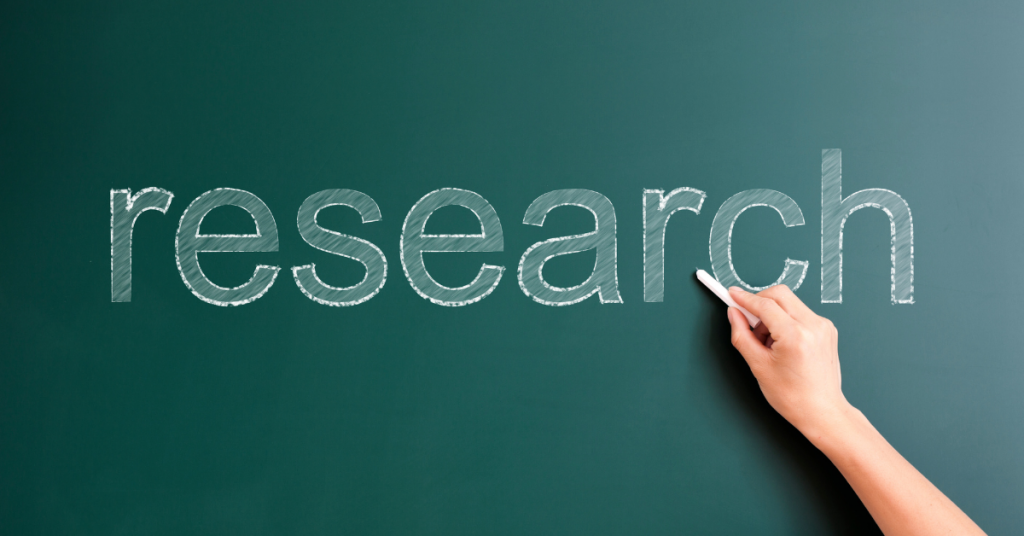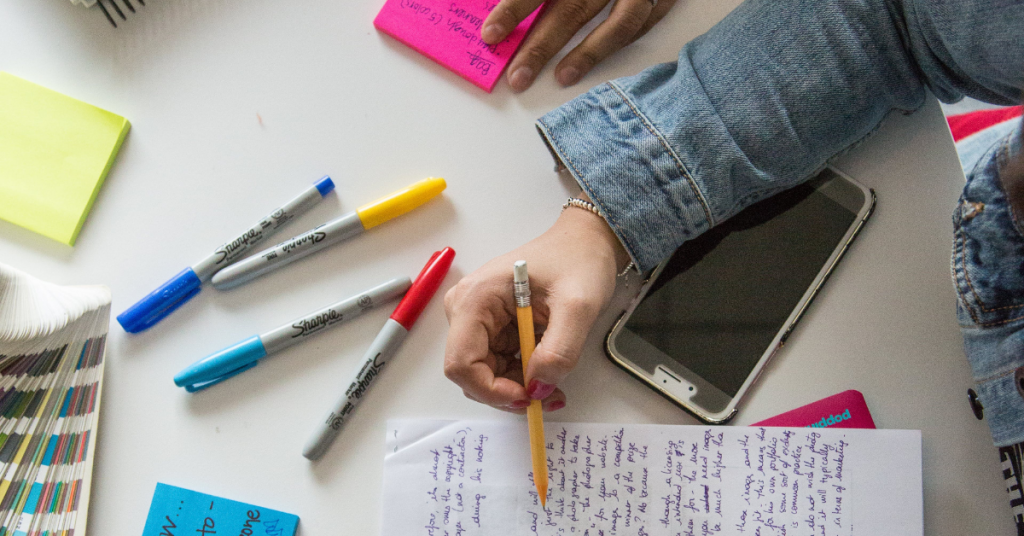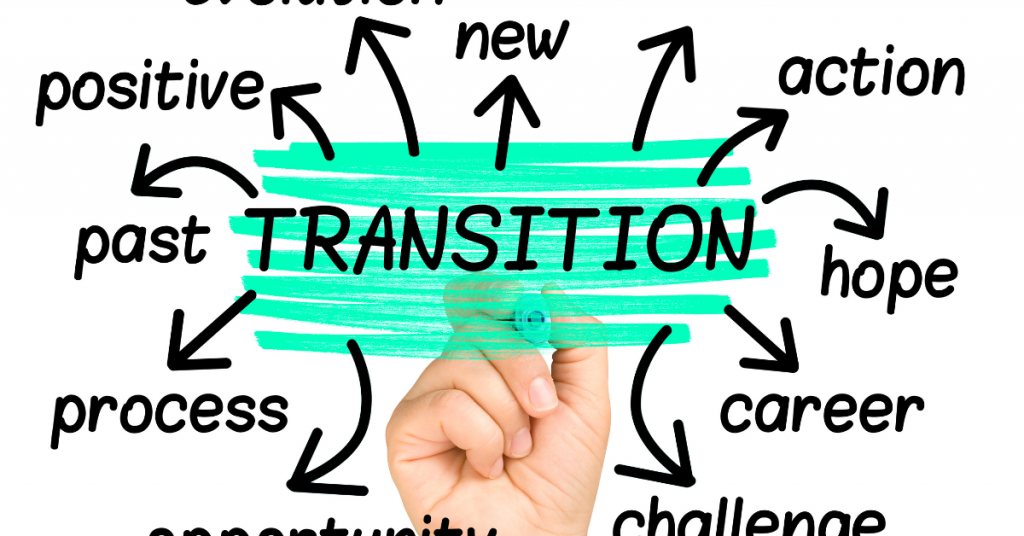Academic writing often involves referencing the work of multiple authors. As a student, you’ve likely encountered citations listing numerous contributors to a single source. This is where “et al.” becomes invaluable. In this blog post, we’ll explore what “et al.” means, its origins, the importance of using it correctly in academic writing, and provide practical examples of its usage in different citation styles. By the end, you’ll have a comprehensive understanding of “et al.” and how to incorporate it seamlessly into your academic papers.
What Does “et al.” Mean?
“Et al.” is an abbreviation of the Latin phrase “et alii,” which translates to “and others.” It is used in academic writing to indicate that there are additional authors beyond those explicitly named in a citation. This abbreviation is particularly useful when citing works with multiple contributors, as it simplifies references and keeps your citations concise.
For example, instead of listing all authors of a study like this:
Smith, Johnson, Brown, Williams, Taylor, and Anderson (2020)
You can use “et al.” to condense the citation:
Smith et al. (2020)
The Origins of “et al.”
The use of “et al.” dates back to classical Latin. Latin, being the language of scholarship in ancient times, has contributed many terms and phrases to modern academic language. “Et alii” was commonly used in texts to indicate additional people or things that were not individually named. Over time, as academic writing evolved, “et al.” became a standardized abbreviation in citation practices across various disciplines.
Importance of Using “et al.” Correctly
Using “et al.” correctly is crucial for several reasons:
1. Clarity and Conciseness:
Academic writing values brevity and clarity. Listing multiple authors in every citation can make your text cumbersome and difficult to read. “Et al.” allows you to streamline your references, making your paper more readable and professionally formatted.
2. Consistency:
Correct usage of “et al.” ensures consistency in your citations. Inconsistent or incorrect citations can confuse readers and detract from the credibility of your work.
3. Adherence to Citation Styles:
Different citation styles have specific rules for using “et al.” Adhering to these guidelines is essential for proper formatting and avoiding plagiarism. Incorrect citations can lead to academic penalties and impact your grades.
4. Acknowledgment of Contributors:
Using “et al.” appropriately acknowledges the contributions of all authors without overwhelming the reader with lengthy citations. It strikes a balance between giving credit and maintaining a clean, readable text.
How to Use “et al.” in Different Citation Styles
Let’s explore how “et al.” is used in various citation styles, including APA, MLA, and Chicago. Each style has its own conventions, so understanding these distinctions is key to proper citation.
APA Style
The American Psychological Association (APA) style is commonly used in social sciences. Here are the rules for using “et al.” in APA citations:
In-text Citations:
- First Citation: List all authors up to five. If there are more than five authors, use “et al.” after the first author’s name.
Example:
(Smith, Johnson, Brown, Williams, Taylor, & Anderson, 2020)
- Subsequent Citations: Use “et al.” after the first author’s name for sources with three or more authors.
Example:
(Smith et al., 2020)
Reference List:
- For sources with up to 20 authors: List all authors in the reference list.
- For sources with more than 20 authors: List the first 19 authors, followed by an ellipsis (…), and then the final author’s name.
Example:
Smith, J., Johnson, R., Brown, A., Williams, T., Taylor, S., Anderson, P., … Davis, L. (2020). Title of the work. Publisher.
MLA Style
The Modern Language Association (MLA) style is used primarily in the humanities. Here’s how to use “et al.” in MLA citations:
In-text Citations:
- For sources with three or more authors: Use “et al.” after the first author’s name.
Example:
(Smith et al. 23)
Works Cited Page:
- For sources with three or more authors: List the first author followed by “et al.”
Example:
Smith, John, et al. Title of the Work. Publisher, Year.
Chicago Style
The Chicago Manual of Style is used in various disciplines, including history and the arts. Here are the guidelines for using “et al.” in Chicago style citations:
In-text Citations (Notes and Bibliography):
- For sources with four or more authors: Use “et al.” after the first author’s name in the notes.
Example:
- John Smith et al., Title of the Work (Publisher, Year), page number.
Bibliography:
- List all authors if there are up to ten: If there are more than ten authors, list the first seven, followed by “et al.”
Example:
Smith, John, Robert Johnson, Alice Brown, Thomas Williams, Susan Taylor, Peter Anderson, Emily Davis, et al. Title of the Work. Publisher, Year.

Practical Examples of “et al.” in Action
To further illustrate the correct usage of “et al.,” let’s look at some practical examples in different citation styles:
APA Style Example
In-text Citation:
First Citation:
(Smith, Johnson, Brown, Williams, Taylor, & Anderson, 2020)
Subsequent Citations:
(Smith et al., 2020)
Reference List:
Smith, J., Johnson, R., Brown, A., Williams, T., Taylor, S., Anderson, P., … Davis, L. (2020). Understanding citation practices. Academic Press.
MLA Style Example
In-text Citation:
(Smith et al. 23)
Works Cited Page:
Smith, John, et al. Understanding Citation Practices. Academic Press, 2020.
Chicago Style Example
In-text Citation (Notes and Bibliography):
- John Smith et al., Understanding Citation Practices (Academic Press, 2020), 45.
Bibliography:
Smith, John, Robert Johnson, Alice Brown, Thomas Williams, Susan Taylor, Peter Anderson, Emily Davis, et al. Understanding Citation Practices. Academic Press, 2020.
Common Mistakes to Avoid When Using Et Al
While “et al.” is a handy tool for academic writing, it’s important to avoid common mistakes:
1. Incorrect Punctuation:
Ensure that you use a period after “al.” as it is an abbreviation.
Incorrect: (Smith et al, 2020)
Correct: (Smith et al., 2020)
2. Inconsistent Usage:
Be consistent in using “et al.” throughout your paper. Follow the guidelines of your chosen citation style meticulously.
3. Overuse:
Do not use “et al.” when it is unnecessary. For instance, in APA style, the first citation should list all authors (up to five), while subsequent citations can use “et al.”
4. Incorrect Author Order:
Always list authors in the order they appear in the original source. Do not rearrange names when using “et al.”
Mastering the use of “et al.” in your academic papers is an essential skill for any student. It enhances the readability and professionalism of your work, ensures proper attribution, and helps you adhere to citation standards. By understanding the meaning, origins, and correct usage of “et al.,” you can confidently incorporate it into your writing.
If you find yourself struggling with proper formatting or citation, Essay 24 is here to help. Our team of professional writers and editors is dedicated to assisting students at all levels with their academic needs. Whether you need guidance on citation styles or a fully executed paper tailored to your specifications, Essay 24 has got you covered. Visit our website to learn more about our services and take the stress out of academic writing.


















